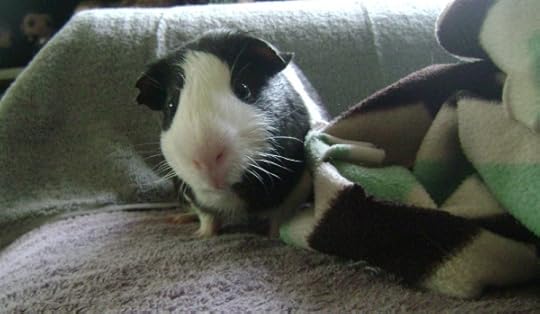Baxter is a novel of inhuman evil, but not all the evil is inhuman, Carl.
16. Baxter – Jessica Hamilton
Animal perspective always seems like a frontier authors don’t attempt lightly and I’ve found that in the 1970s, like in The Pack, the dogs whose perspectives are represented are not pleased with people. Baxter, a white Bull Terrier, did not know that his breed of dog would later become party animal Spuds McKenzie and the Target mascot, which makes the white Bull Terrier a lot less intimidating from my position in the future after 1977 when this was published. But, I will concede the thoughts of many of the people in the book that they are a bit offputting in their head shape (Baxter’s is described as “hatchet”). I believe it’s the tiny eyes.
Baxter is super not pleased with people, he finds them interesting to smell and possible to manipulate and he doesn’t really want much more than smells and his independence and to not have to deal with anyone’s foibles. His lack of scruples are of course because he is a dog and he does some very rude things like killing his mistress because he thinks he would end up living across the street with the couple who smell more interesting.
Baxter is not man’s best friend in the slightest, he is pretty much the nastiest thing on the street until one more murder finally gets him to his match in Carl, the extremely gross teenager with a Hitler’s bunker obsession who will definitely grow up to be a serial killer. Carl is just as gross as Baxter inside his twisted little mind and in the end we find out who is worse, a murderous dog or a sociopathic teenage boy. You already know who will prevail, but it’s still disappointing.

When all of you is tiny, the tiny eyes are not so suspicious, Thorfy. That’s a fact.
Guinea Pigs and Books
- Rachel Smith's profile
- 7 followers



